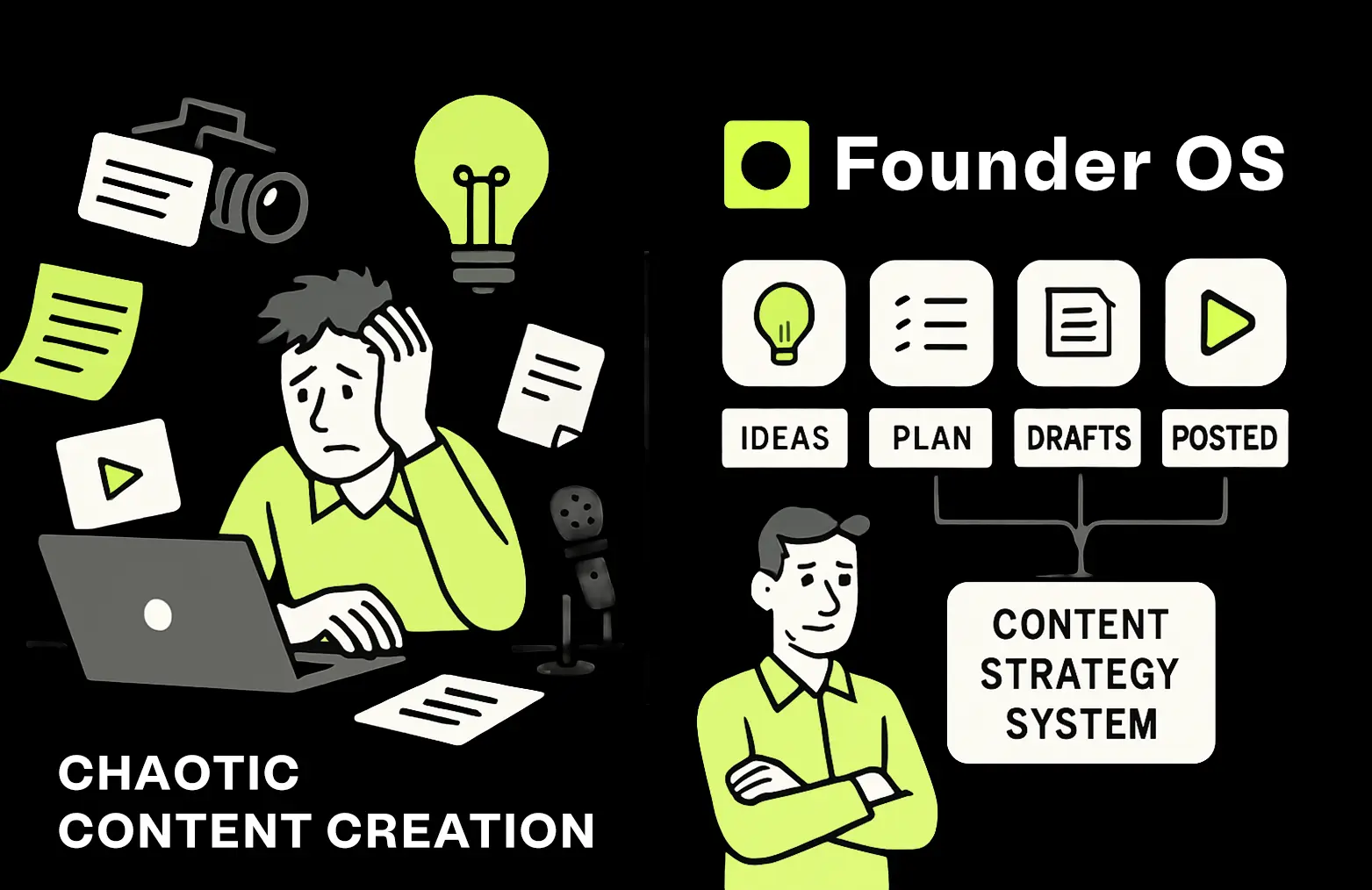Identifying the right systems for your business.
Before connecting anything, step back and audit what you're actually using. Building integrations on top of the wrong tools is like putting fresh paint on a cracked foundation. If your software doesn't match how your business actually operates, no amount of integration will fix the underlying problems.
Start with a brutal systems audit. List every tool your team touches daily. For each one, ask: Does this solve a real problem or create new ones? Do people actually use it, or do they find workarounds? Can it grow with us, or will we outgrow it in six months?
A system worth integrating should:
- Scale as your business grows without breaking
- Offer clean APIs or proven integration paths
- Actually get used by your team (not avoided)
- Solve daily problems, not theoretical ones
- Come with support when things go wrong
Take email marketing and customer support as an example. If your email platform can't sync with your support system, your team won't know when a customer just received a promotional email before submitting a complaint. That disconnect creates friction for everyone involved.
But when systems can actually communicate—either directly or through integration platforms—everything flows. Data moves where it needs to go without manual intervention.
Once you know which tools actually serve your business, you can start thinking about the smartest ways to connect them.



.webp)


